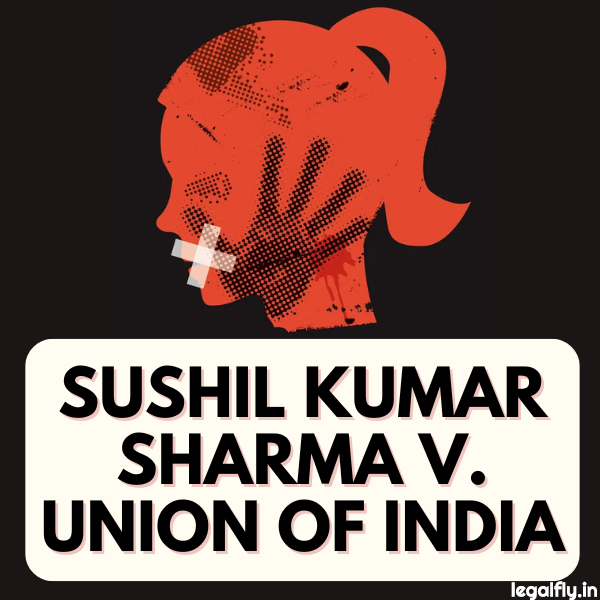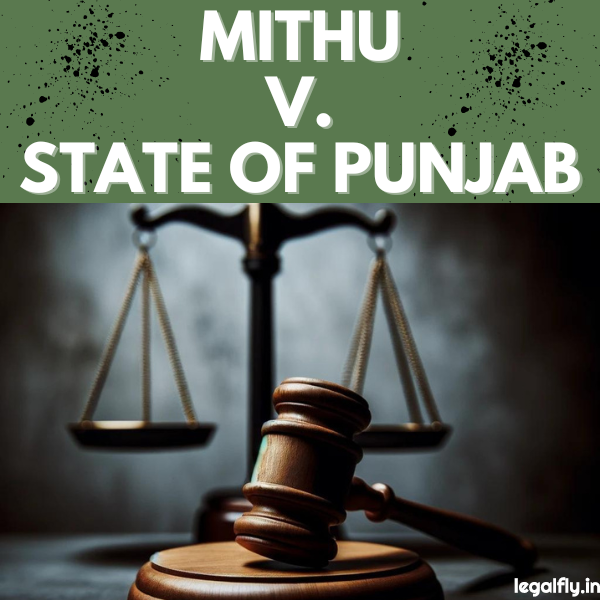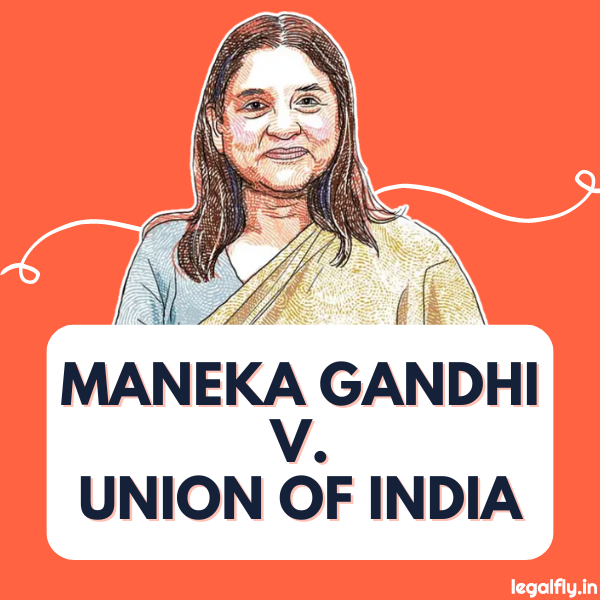Table of Contents
Case Name: Sushil Kumar Sharma v. Union of India
Court: Supreme Court of India
Year: 2005
Citation: AIR 2005 SC 3100
Introduction to Sushil Kumar Sharma v. Union of India
Sushil Kumar Sharma v. Union of India was a landmark 2005 Supreme Court case that examined the constitutionality and scope of Section 498A of the Indian Penal Code (IPC). This section deals with cruelty by a husband or his family towards a married woman and was enacted in 1983 to protect women from dowry harassment.

The case was filed as a writ petition by Sushil Kumar Sharma challenging his conviction under Section 498A IPC by the Delhi High Court for the murder of his wife, Naina Sahni, in 1995. Sharma argued that Section 498A was unconstitutional. The respondents were the Union of India, represented by the Ministry of Home Affairs and the Ministry of Law and Justice.
The Supreme Court bench comprising Justice Arijit Pasayat and Justice H.K. Sema heard the case in 2005 and upheld the constitutional validity of Section 498A while also recommending precautions against its misuse. The judgment helped clarify the scope and implementation of this section while affirming legal protections for married women against cruelty and dowry harassment.
Background and Context
The Sushil Kumar Sharma v. Union of India case arose in the context of growing concerns over the alleged misuse of Section 498A of the Indian Penal Code (IPC), which deals with cruelty by a husband or his relatives against a wife. Section 498A was introduced in 1983 to strengthen legal protections for married women facing dowry harassment. However, over time, there were allegations that some women were misusing the law to harass their husbands and in-laws over petty marital disputes.
Against this backdrop, Sushil Kumar Sharma filed a writ petition in the Supreme Court in 2005 challenging the constitutional validity of Section 498A. Sharma had been convicted by a trial court under Section 498A along with Section 306 IPC (abetment to suicide) for the murder of his wife, Naina Sahni, in 1990. He alleged that his conviction under Section 498A was unjustified and based on a false complaint. The case thus brought the issue of potential misuse and constitutional legitimacy of Section 498A before the Supreme Court.
The case emerged at a time when concerns over the misuse of dowry laws were gaining prominence in public discourse. It provided an avenue for the Supreme Court to weigh in on this issue while also examining the scope and purpose of Section 498A. The implications of the judgment on women’s legal rights and protections, as well as the prevention of dowry harassment, added to its importance.
Importance of the Case
The Sushil Kumar Sharma v. Union of India case is considered a landmark judgment in Indian legal history. It had far-reaching implications for the interpretation and implementation of Section 498A of the Indian Penal Code, which deals with cruelty against married women by their husbands and in-laws.
The case gained prominence because it involved a direct challenge to the constitutional validity of Section 498A IPC on the grounds of it being violative of Articles 14, 19 and 21 of the Constitution. The petitioner, Sushil Kumar Sharma, was convicted of murdering his wife in the infamous ‘tandoor murder case‘ of Delhi in 1995. He filed the petition arguing that Section 498A was being rampantly misused to harass innocent men and their families through false dowry harassment cases.
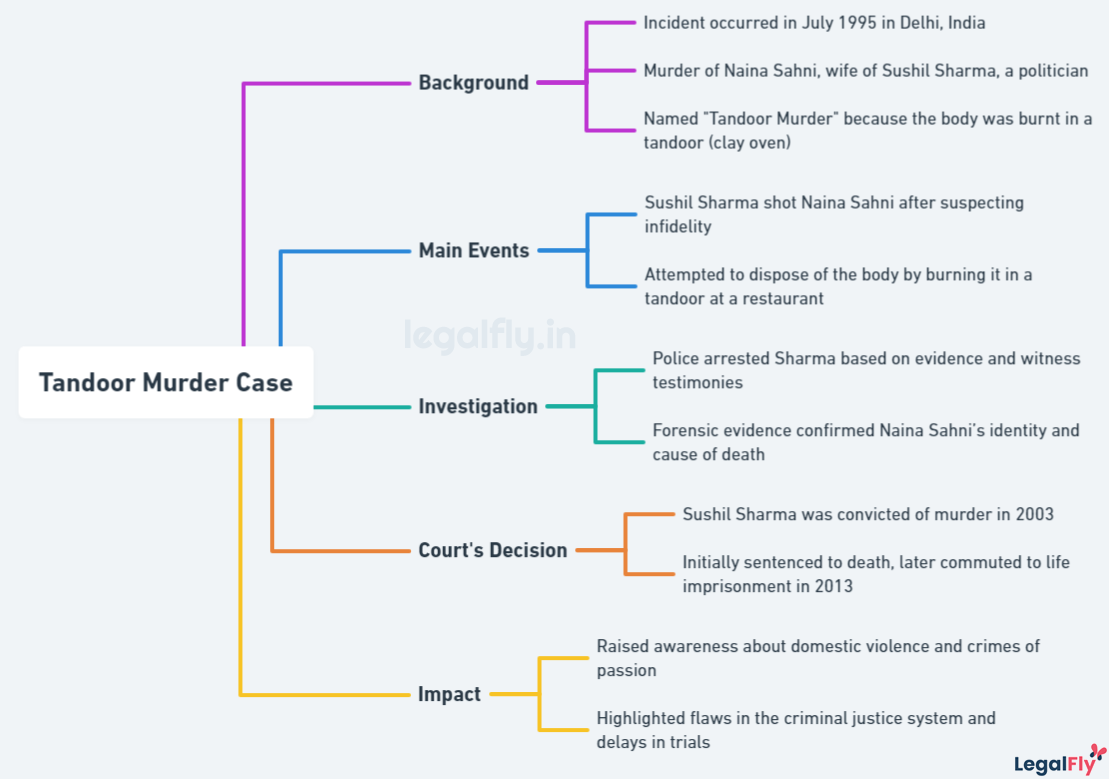
The Supreme Court’s detailed examination of this controversial criminal law provision and the ultimate upholding of its constitutionality established definitive legal principles regarding its scope, ambit and application. The judgment helped settle several ambiguities in interpreting Section 498A that had plagued lower courts. It also laid down guidelines to curb misuse and prevent false implications under the law. The case thus had far-reaching consequences for the legal rights of married women against cruelty, gender justice and the evolving jurisprudence on domestic violence in India.
Key Facts of the Case
The Sushil Kumar Sharma v. Union of India case originated from a criminal appeal filed by Sushil Kumar Sharma in the Supreme Court in 2005. Sharma had been convicted under Section 302 IPC for the murder of his wife, Naina Sahni, in 1995. During the trial, allegations also arose that Sharma had subjected his wife to cruelty related to dowry demands, leading to charges under Section 498A IPC.
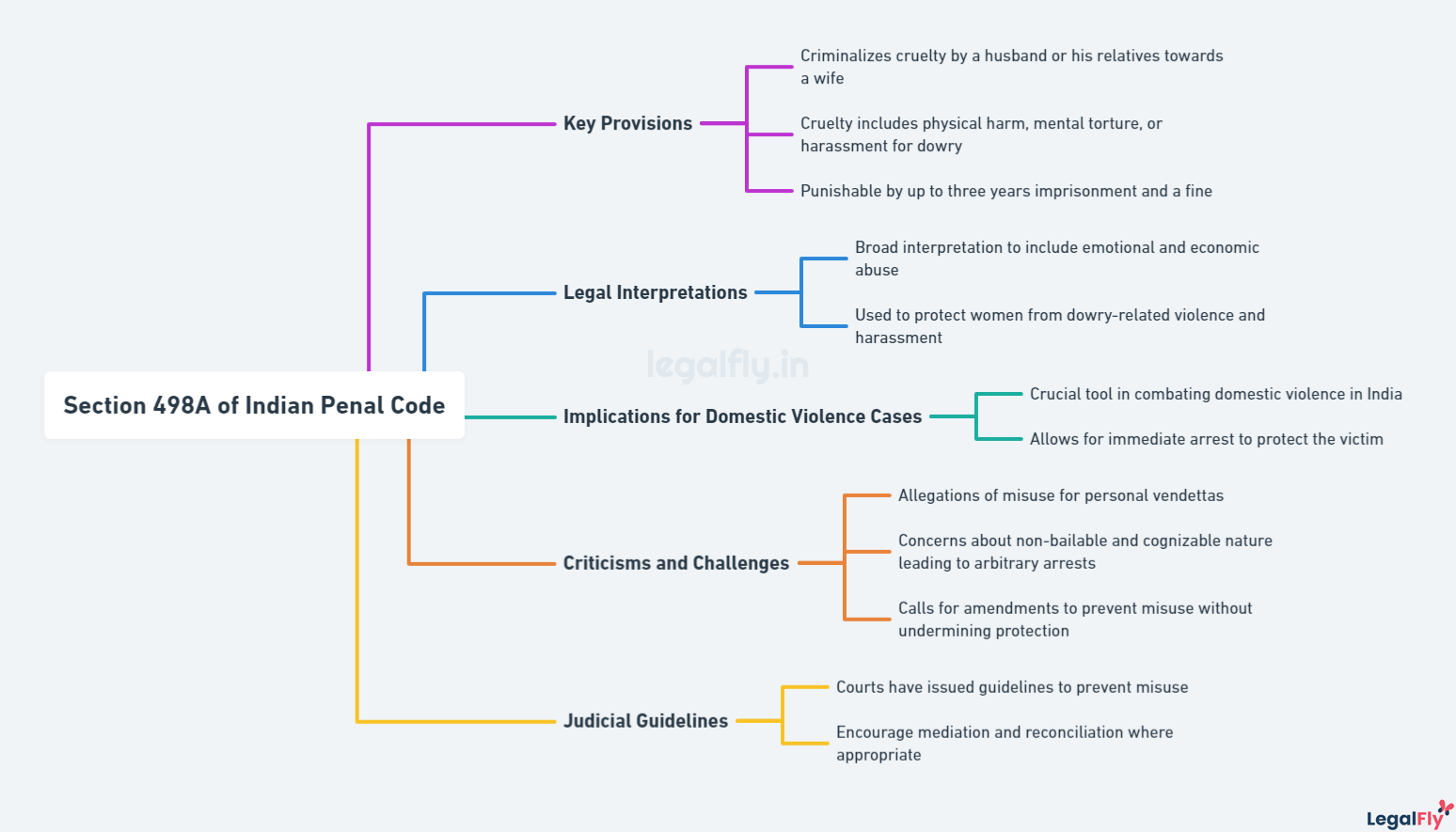
Section 498A IPC deals with cruelty by a husband or his family towards a married woman, specifying punishment for dowry harassment. Sharma challenged the constitutional validity of this provision in his appeal to the Supreme Court. His main objections were that Section 498A was being misused to file false cases and extort money from husbands and their families.
Sharma’s primary objective in his petition was to seek the striking down or reading down of Section 498A. He argued that the provision violated Articles 14, 15, and 21 of the Constitution by allowing arbitrary arrests and punishments based on allegations without evidence. Sharma claimed Section 498A went against the principles of equality, non-discrimination, and the right to life and liberty.
Legal Issues Addressed
The Sushil Kumar Sharma v. Union of India case primarily examined two key legal issues relating to Section 498A IPC.
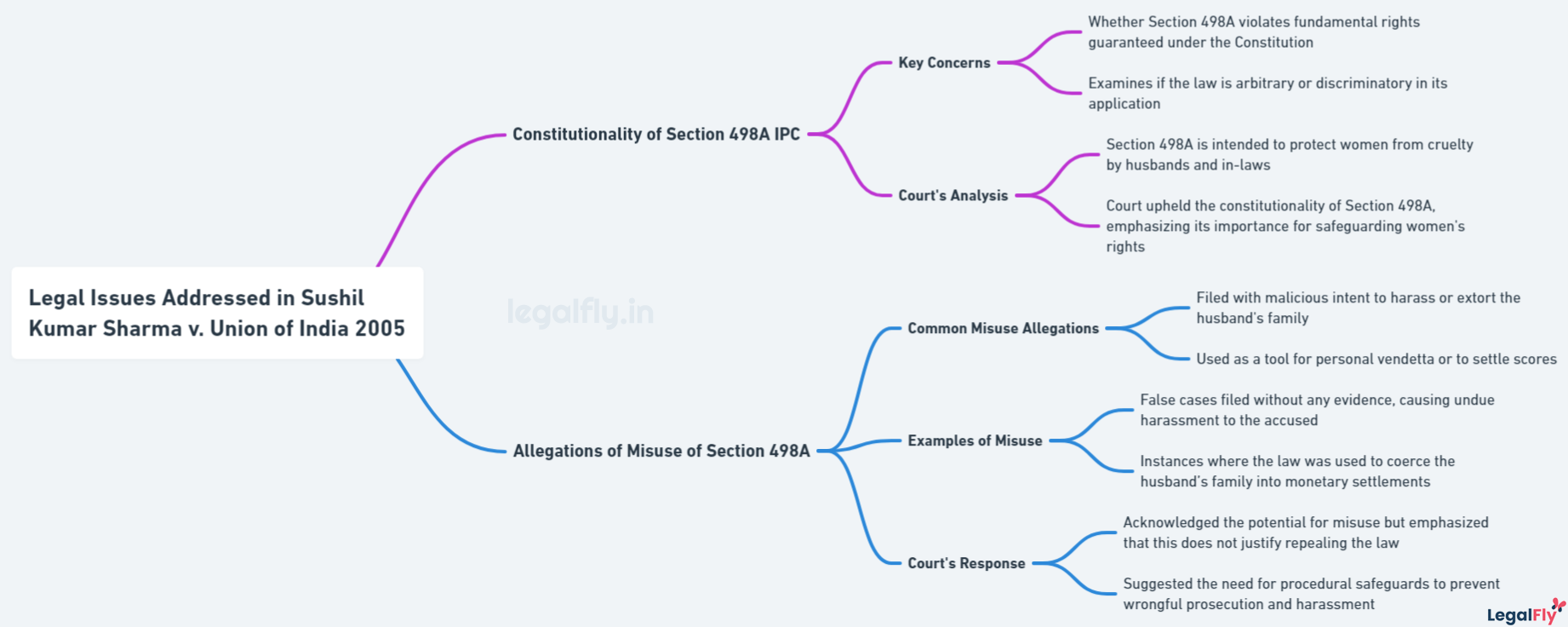
Challenge to the Constitutionality of Section 498A IPC
The first major legal issue was the constitutional validity of Section 498A. The petitioner, Sushil Kumar Sharma, argued that Section 498A was unconstitutional as it violated Articles 14, 15, and 21 of the Indian Constitution. He contended that the provision was vague, arbitrary, and capable of wanton misuse.
Sharma claimed that Section 498A infringed upon the rights to equality, life, and personal liberty guaranteed under the Constitution. He argued that it denied men equal protection of the law and could be used to harass them. The respondents defended the constitutionality of Section 498A, stating that it was explicitly enacted to protect women from cruelty in dowry-related cases.
Allegations of Misuse of Section 498A
The second key issue was the alleged misuse of Section 498A IPC. Sharma argued that Section 498A was being rampantly misused to harass men and their families, with thousands of false cases being filed each year. He claimed that disgruntled wives often filed false dowry cases to threaten, blackmail and extort money from husbands and in-laws.
Sharma produced data on the high acquittal rates in Section 498A cases to argue that a majority of cases were false. The respondents refuted claims of widespread misuse, stating that acquittals could be due to inadequate evidence and social factors rather than false cases. They emphasized the need for the law to protect victims of dowry harassment.
Arguments Presented
The petitioner, Sushil Kumar Sharma, argued that Section 498A of the IPC was unconstitutional on several grounds. He contended that the provision violated Article 14 of the Constitution by arbitrarily covering only cruelty inflicted by the husband and his relatives on the wife, not vice versa.
Sharma also argued that Section 498A violated Article 21, infringing on the fundamental right to life and liberty by punishing offences based on assumptions rather than actual proof. He claimed the law denied equal protection under the law and enabled legal persecution of men and their families based on unverified complaints.
The respondents, representing the Union of India, defended the constitutionality and rationale behind Section 498A. They argued the law was enacted specifically to address cruelty unique to married women, as dowry harassment and related abuse was a widespread social evil. The state said Section 498A did not violate equality provisions as it was created as a “special provision” for women under Article 15(3).
The respondents also contended that safeguards against misuse were built into Section 498A, and oversight mechanisms were available through the police and judiciary. They emphasized that the constitutional validity of a legal provision could not be challenged merely based on allegations of isolated misuse.
Supreme Court’s Decision
The Supreme Court upheld the constitutional validity of Section 498A IPC in its judgment while also recommending guidelines to prevent misuse of the law. The Court interpreted Section 498A as a legitimate legal provision for protecting women from cruelty and harassment related to dowry demands.
In the judgment, the Supreme Court affirmed that Section 498A was enacted to combat the social evil of dowry harassment and cruelty against married women. The Court highlighted the Statement of Objects and Reasons behind the statute, which emphasized the need to punish acts of cruelty to provide adequate legal protection to married women.
While upholding Section 498A as constitutional, the Supreme Court acknowledged concerns about its potential misuse. To address this issue, the judgment recommended procedural checks to prevent false or exaggerated accusations. However, the Court maintained that the mere possibility of abuse cannot invalidate the law, which serves an important social purpose.
Overall, the Sushil Kumar Sharma v. Union of India case judgment affirmed the legal validity of Section 498A IPC while aiming to strike a balance between protecting women and safeguarding against misuse of the law. The interpretation and guidelines set key precedents for future cases related to allegations of cruelty associated with dowry demands.
Implications of the Judgment
The Supreme Court’s judgment in Sushil Kumar Sharma v. Union of India had significant implications for future legal cases involving allegations of dowry harassment under Section 498A IPC. The Court’s interpretation of Section 498A provided guidelines for balancing the need to protect women from cruelty with safeguards against misuse of the law.
One key impact was on setting standards for establishing cruelty under Section 498A. The judgment affirmed that cruelty must involve willful conduct aimed at driving a woman to commit suicide or cause grave injury. This clarified that ordinary wear and tear of married life does not amount to cruelty. The Court also held that allegations under Section 498A required thorough investigation before arrests are made. These principles influenced how allegations of cruelty would be assessed in subsequent cases.
The judgment also aimed to curb arbitrary arrests in dowry cases. It directed governments to ensure Section 498A is not misused to harass innocent family members while retaining its validity in cases of genuine cruelty. This had implications for preserving women’s rights to legal protection from harassment while instituting safeguards against false complaints.
However, some women’s rights activists argued the judgment would make it more difficult for genuine victims to get justice. They contended that adding barriers to Section 498A could deprive women of legal recourse. Nonetheless, the judgment brought balance by upholding the law while introducing protections against misuse. This nuanced approach allowed Section 498A to remain an important legal tool for women’s rights in India.
Conclusion
The Sushil Kumar Sharma v. Union of India case holds several key takeaways regarding the interpretation and implementation of Section 498A of the Indian Penal Code. The Supreme Court upheld the constitutionality of Section 498A while acknowledging the need for safeguards against potential misuse.
The judgment affirmed that Section 498A was enacted to address the severe issue of cruelty inflicted on married women by their husbands and in-laws. It serves an important purpose in providing legal protection and recourse for victims of dowry harassment. However, the Court also recognized that the law could sometimes be misused to harass husbands and their relatives.
To balance these considerations, the Supreme Court issued guidelines to prevent false or exaggerated allegations under Section 498A. This included recommending that complaints be thoroughly investigated before arrests are made. The judgment thus aimed to uphold the law while curtailing the scope for misuse.
The Sushil Kumar Sharma v. Union of India case continues to hold relevance in the contemporary legal discourse on gender justice and the prevention of domestic violence. It shaped subsequent judgments on interpreting Section 498A in a way that does not dilute its protective purpose. The case also influenced legislative amendments in 2013 that added safeguards against potential misuse.
Overall, the judgment represents a landmark in balancing women’s legal rights with principles of natural justice. Its nuanced interpretation of Section 498A has stood the test of time while enabling further evolution of the law.
Frequently Asked Questions
What was the outcome of the Sushil Kumar Sharma v. Union of India case?
The Supreme Court upheld the constitutional validity of Section 498A IPC in the Sushil Kumar Sharma case. However, the Court voiced concerns about the potential misuse of the law and introduced safeguards against false allegations. It held that Section 498A was enacted to protect women from cruelty in matrimonial homes, and the Court could not dilute its provisions. At the same time, the Court issued guidelines for the police and lower courts to ensure fair implementation of the law and prevent harassment of innocent family members.
How did the judgment affect the implementation of Section 498A?
The Sushil Kumar Sharma v. Union of India case judgment significantly impacted how Section 498A is implemented by law enforcement. As per the guidelines, police cannot automatically arrest accused persons without investigating the complaint’s veracity. Bail should be granted liberally in dowry cases to prevent innocent persons from languishing in jail. The Court directed setting up Family Welfare Committees to review complaints before registration of FIRs. These measures aimed to curb misuse while retaining the law’s deterrent effect.
What are the implications for legal protections against dowry harassment?
The Sushil Kumar Sharma v. Union of India case upheld the need for strong legal protections against dowry harassment under Section 498A. However, it also recognized that stringent laws could be misused. The judgment tried to balance women’s rights with safeguards against false allegations. While mandating fair probes, it reiterated that leniency towards cruelty should not be encouraged. The case has influenced subsequent judgments to harmonize Section 498A with principles of natural justice and due process.

